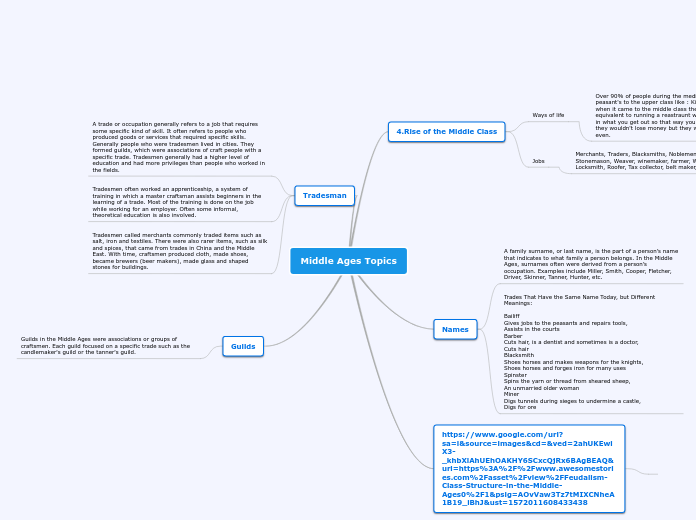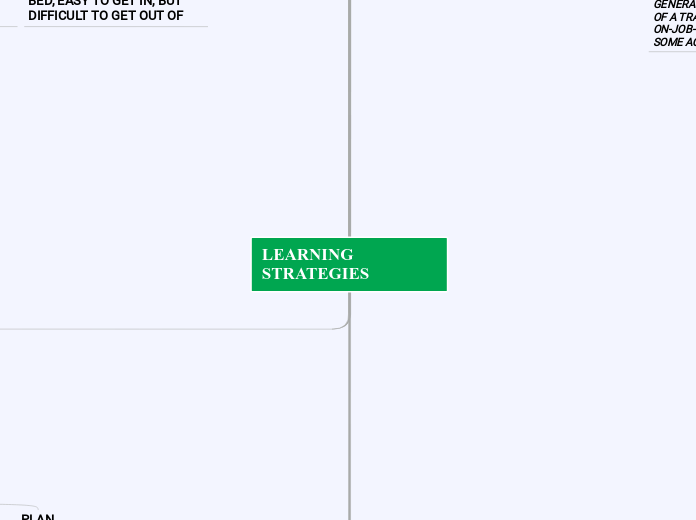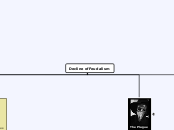によって Josh McCarty 5年前.
283
Middle Ages Topics
During the Middle Ages, the social and economic structure was heavily influenced by the concept of feudalism, where tradesmen played a significant role. These tradesmen, often referred to as merchants, were involved in the exchange of various goods like salt, iron, textiles, silk, and spices.









